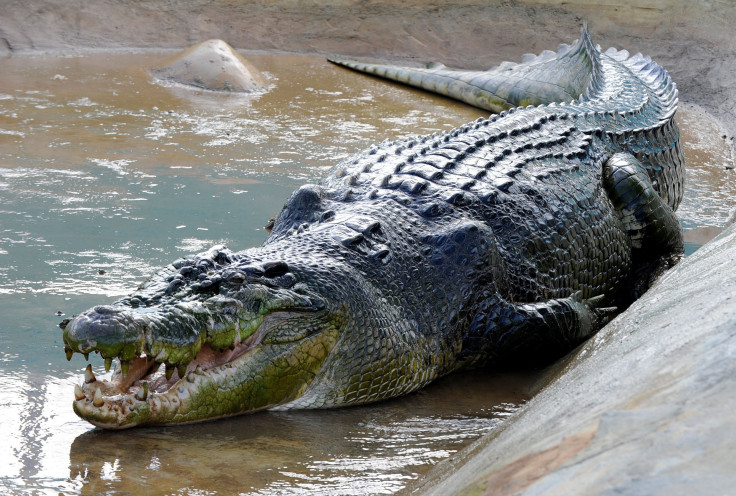Scary Video Shows Just How Dangerous Crocodiles Can Be

KEY POINTS
- A new study has identified additional crocodile species that can gallop fast
- Crocodiles galloping and bounding were captured on video
- The study revealed crocodiles can run up to 11 miles per hour on land
A new study has identified new crocodile species that are capable of galloping and running fast on land. It highlights just how dangerous these predators can be.
In most instances, crocodiles utilize their physical strength to travel at high speeds underwater. This characteristic enables them to hunt effectively in their natural habitat. However, it seems many crocodile species are also capable of moving quickly on land, according to a new study published in the journal Nature.
For the study, researchers mounted cameras around a zoological park in Florida to observe the behavior of various crocodile species. These include the Philippine crocodile, the West-African slender-snouted crocodile, the dwarf crocodile, the Cuban crocodile and the American crocodile.
During their observations, the researchers came across two types of ground movement from the animals: bounding and galloping. According to the researchers, bounding occurs when the crocodile’s forelimbs hit the ground at the same time. It then uses its hind legs to push or propel its body forward.
Galloping, on the other hand, occurs in a sequence where the hind and forelimbs take turns in touching the ground. Initially, only freshwater crocodiles from Australia were believed to be capable of both galloping and bounding. But, through the video cameras, the researchers were able to identify at least eight crocodile species that are capable of executing these forms of motion.
The researchers also noticed the same characteristic among alligators and caimans. Despite the difference in the sizes of the animals, many of them were able to run fast on land. On average, the researchers noted that the animals ran at speeds of up to 11 miles per hour.
“We were really surprised at one major thing – despite the different gaits crocodiles and alligators use, they all can run about as fast,” John Hutchinson, an evolutionary biomechanics specialist and lead researcher for the study told Belfast Telegraph.
“So why do some crocodiles choose to gallop?” he added. “We suspect that bounding and galloping give small crocodiles better acceleration and maneuverability, especially useful for escaping from danger. It seems like alligators and caiman stand their ground rather than run away with an extreme gait.”
© Copyright IBTimes 2024. All rights reserved.





















